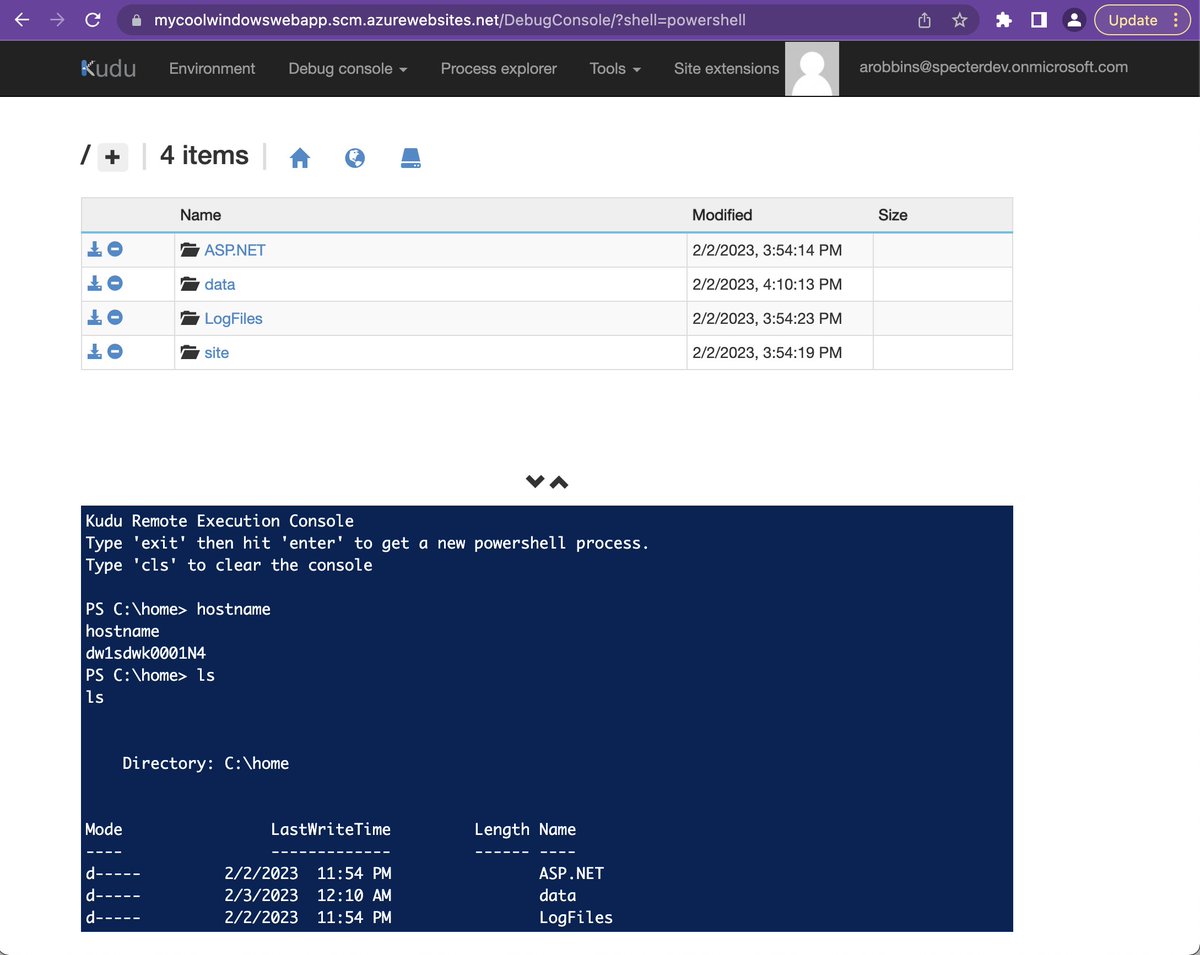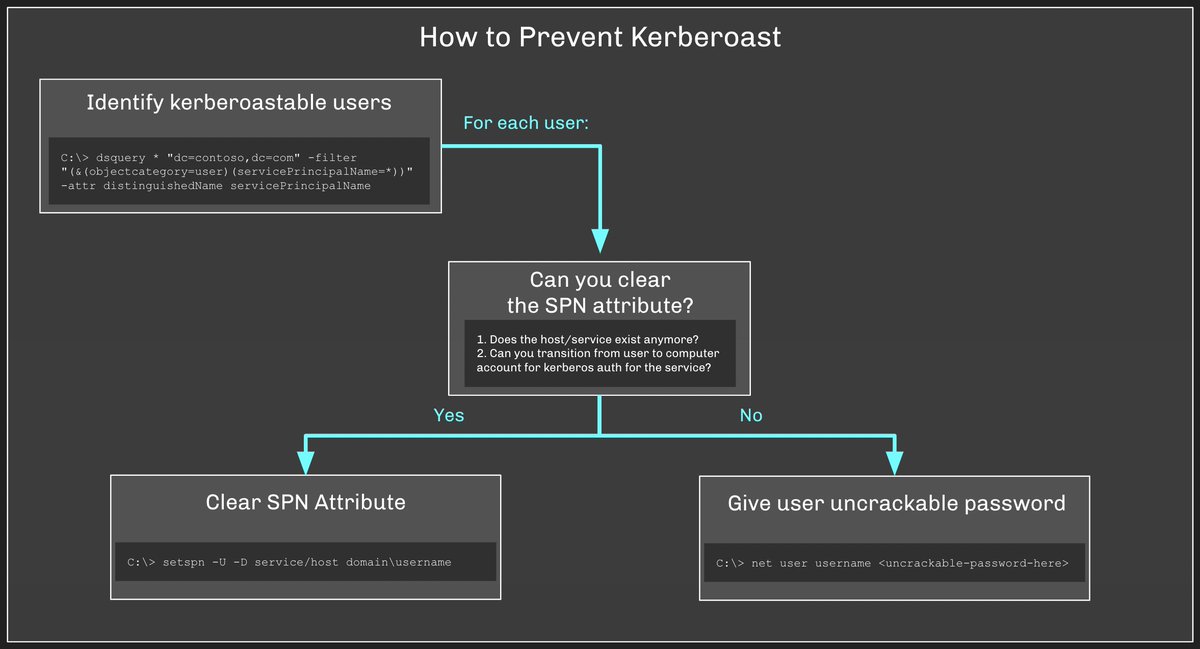1/n Domain trust boundaries are not, of course, security boundaries; however many organizations effectively treat them as such. #BloodHound's attack graph tells the real story of how isolated our domains are from each other. Take this simple 3-domain forest for example.
2/n The domain trust map is pretty simple. Domain 1 is trusted by Domain 2, and Domain 2 is trusted by Domain 3. (This is real, anonymized data). So principals in Domain 1 can query Domain 2 or 3 for information, but no privileges are implied by default. 

3/n With #BloodHound we can easily find the shortest attack paths from "Domain Users" in Domain 1 to "Domain Admins" in Domain 3. Pretty easy attack path, and very common situation in the real world: 

4/n With some Cypher, we can find every "bridge" between each domain. Here, I'm seeing how many users in "Domain 1" have admin rights on computers in "Domain 2". 

5/n We can increase our scope and build a matrix of all these cross-domain "bridges" to see where our biggest issues are. We have [n,m], where "n" is the number of users from the domain column, and "m" is the number of computers in the domain row those users have admin rights on 

6/n To make this data a little easier to digest, we can visualize it as a Sankey diagram (a Chord diagram would also be cool to see). 

7/7 Don't treat domain trust boundaries as security boundaries? Good! But if you must (re-architecting a decade old forest is very expensive work), you can use this methodology to find those hidden doors between your domains. We will show you how in March.
• • •
Missing some Tweet in this thread? You can try to
force a refresh












